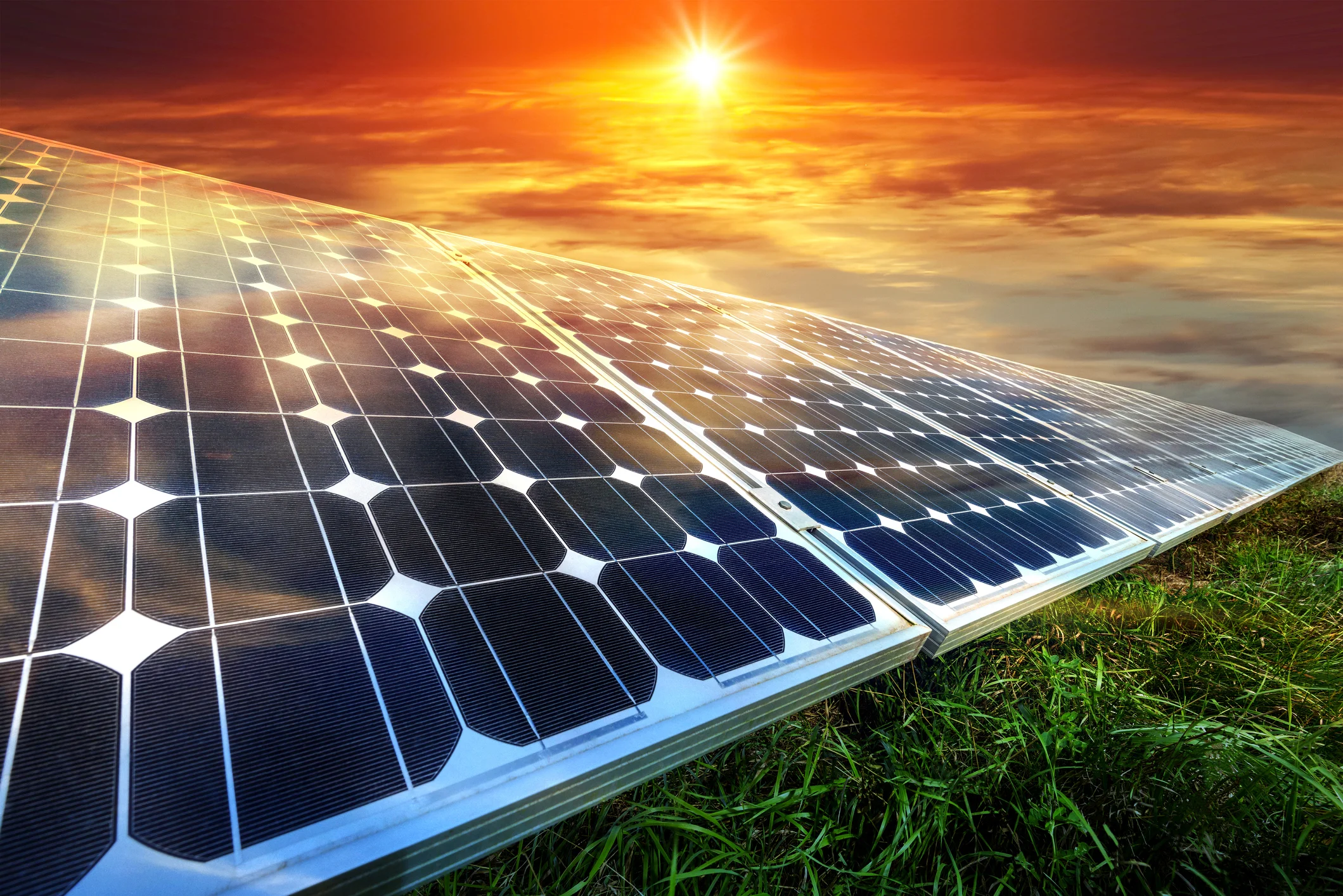PV or Photovoltaic panels are used to produce electricity directly from the sunlight. The PV panels consist of several individual cells linked together to generate electricity according to the desired voltage. The photovoltaic panels are naturally DC devices. These panels convert sunlight directly to electricity.
Some PV cells convert artificial light into electricity. The sunlight is composed of photons or particles of solar energy. Solar energy is the bright light and heat from the sun, harnessed using technologies, such as:
- sunlight power to generate electricity
- UV thermal energy
- UV architecture
How does it work?
The amount of sunlight striking the earth’s surface in an hour and a half will be enough to handle the whole energy consumption for the entire year. These technologies convert sunlight into electrical energy, either through PV panels or through mirrors concentrating sunlight radiation. The energy is used to generate electricity or will be stored in thermal storage or batteries.
The solar cells are contained with material that conducts electricity when energy is provided by sunlight. The material is called a semiconductor, semi means electrical conductivity with less than metal but more than insulators.

The work of semiconductor
When the semiconductor is exposed to sunlight, it will absorb the list and transfer the energy to negatively charged particles called electrons. The electrons will flow through the semiconductor as an electrical current. The other layers of the PV cell extract the current from the semiconductor. The current flows through the metal contacts, grid-like lines on the solar cell, before traveling to an inverter.
The inverter will convert the DC (Direct Current) to the alternating AC (Alternating Current), which flows to the electric grid. It connects to the circuit that is the home’s electrical system. As long as the sunlight continuously reaches the module and the circuit is connected, the electricity continues to be generated.
The ability of the module to convert sunlight into electricity depends on the semiconductor. In the laboratory, the ability is called PV conversion efficiency. The environmental conditions outdoors, like heat, dirt, and shade will reduce conversion efficiency.

The energy output
Energy yield is increased when more light during the day is captured, or the electricity output of a photovoltaic system over time. Boosting energy output, manufacturers and researchers are looking at the bifacial solar cells, double-sided to capture light on both silicon side modules. These capture light reflected off the ground or roof where the panels are installed.




